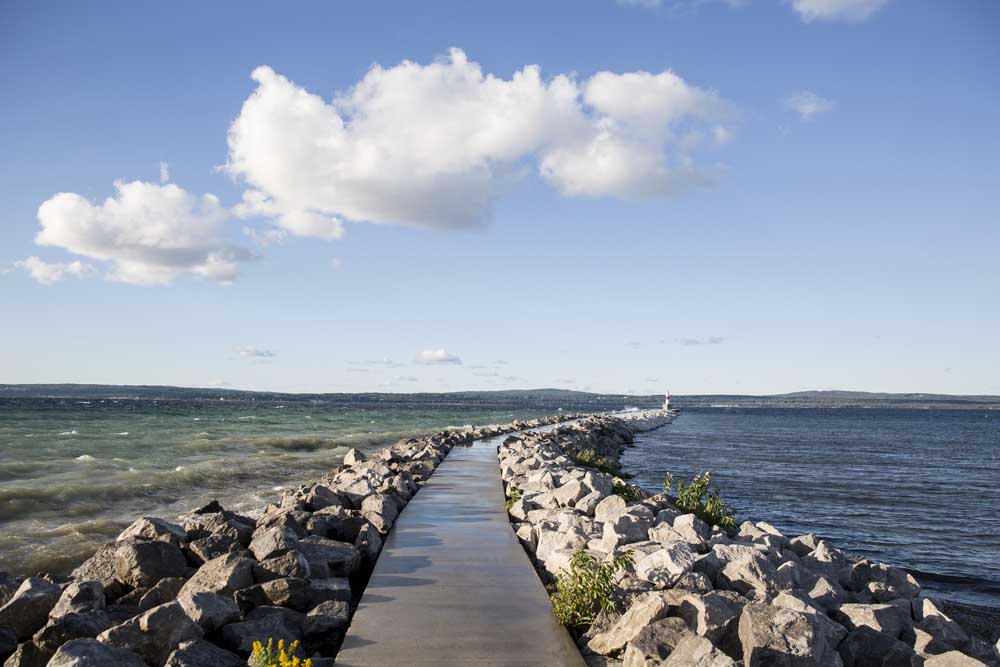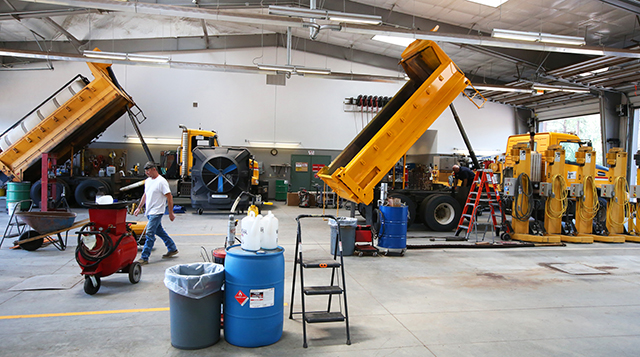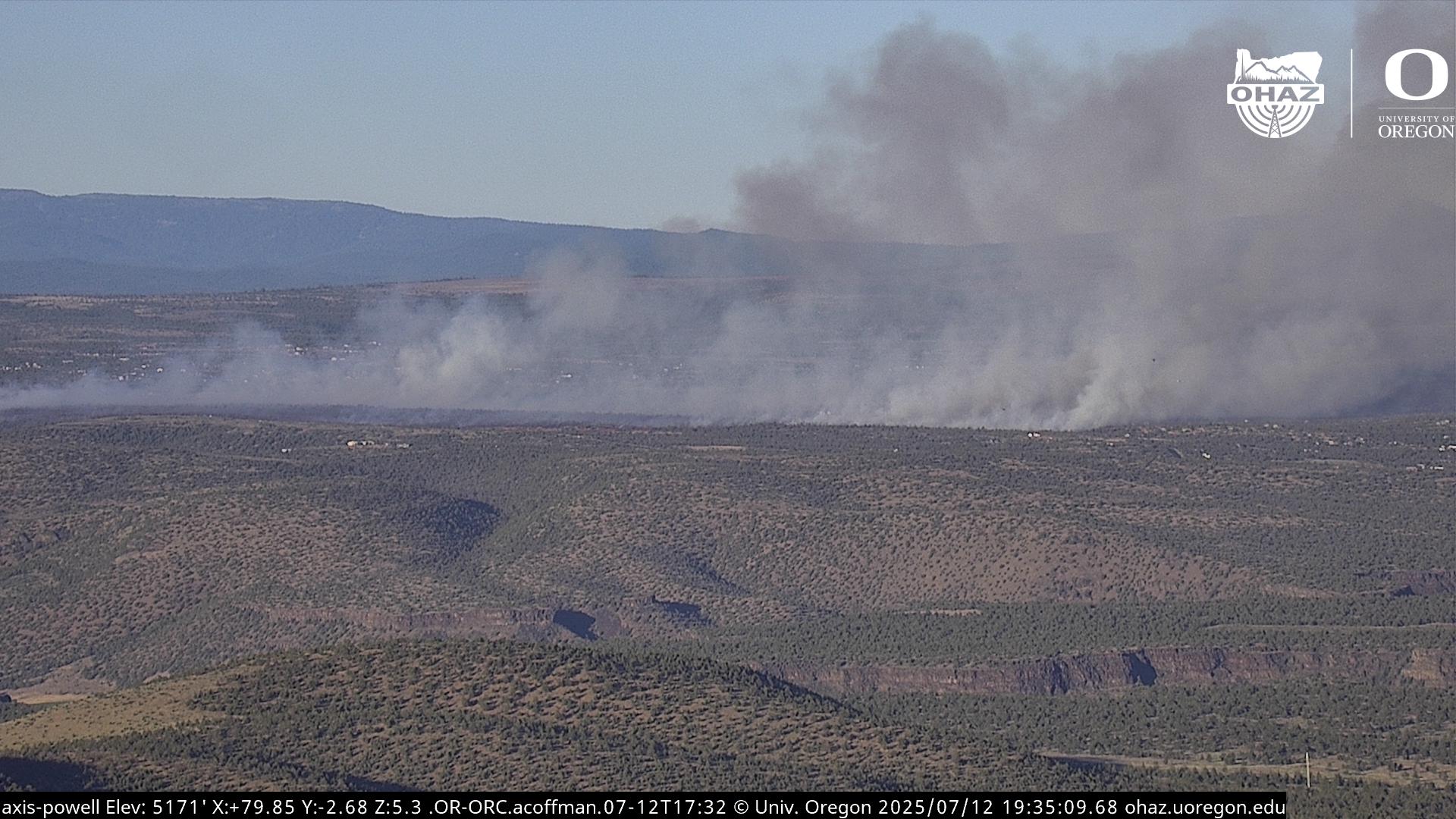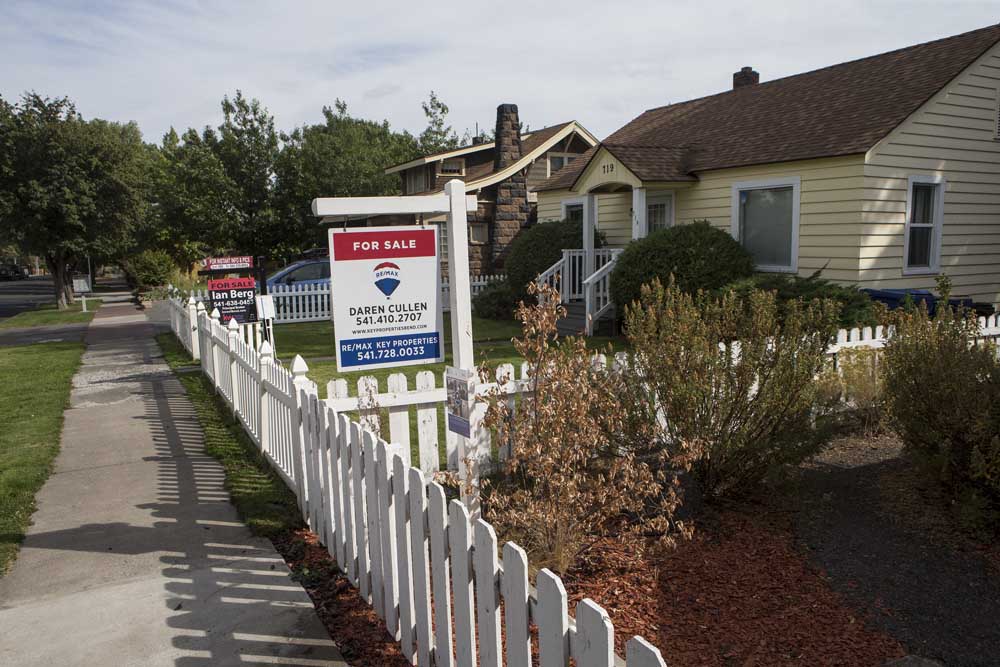When Papa was just a young fisherman in Michigan
Published 12:00 am Sunday, October 4, 2015

- Jenn Ackerman / The New York Times Little Traverse Bay and the waterfront in downtown Petosky, Michigan, had a huge influence on the writing of Ernest Hemingway, who liked to fish on the nearby trout streams and spent his boyhood summers in northern Michigan.
In 1898, the year before Ernest Hemingway was born, his parents bought 200 feet of frontage on Walloon Lake in northern Michigan, out in the backlands of Petoskey, a coastal resort town. The Hemingways, fresh off a luxury steamship, were looking to chuck the suburban grind of Oak Park, Illinois, for the seasonal joys of lake country. For $400 they soon had a 20-by-40-foot clapboard cottage built that was short on nearly every amenity except peace and quiet. It wasn’t pioneer life — they had brought along a maid — but the surrounding woods were populated by Ojibwe Indians, black bears, lumberjacks and bootleggers. Most crucially for “Ernie,” who would eventually pack all this stuff into his fiction, the fishing was extraordinary.
“Absolutely the best trout fishing in the country. No exaggeration,” he later wrote to a friend about the Petoskey area, perhaps exaggerating a tad but hitting on an essential truth of summer in the Michigan boonies: “It’s a great place to laze around and swim and fish when you want to. And the best place in the world to do nothing. It is beautiful country … And nobody knows about it but us.”
Trending
By all accounts, northern Michigan had a seismic effect on Ernest Hemingway and his future work. He spent his first 21 summers there, fishing, hunting, drinking and chasing girls. It was a place where men lived hard and lean, ran trotlines and considered bilge water a beverage. “Good stuff for essays,” he wrote in a 1916 journal entry, recording fishing trip details he would later channel into Nick Adams stories. “Old Couple on Boardman,” he wrote, referring to a river. “Mancelona-Indian girl, Bear Creek … tough talking lumberjack, young Indian girl, kills self and girl.”
It’s an odd juxtaposition to think of Hemingway, years later, sipping espresso in Paris cafes while writing about Nick Adams — a semi-autobiographical stand-in for the author’s own manly wanderings in the Michigan wilds. Take the famous Adams story “Big Two-Hearted River”: “Holding the rod far out toward the uprooted tree and sloshing backward in the current,” he wrote, “Nick worked the trout, plunging, the rod bending alive, out of the danger of the weeds into the open river.”
Many of those 25-odd Adams stories — including extraordinary nuggets like “The End of Something” and “The Last Good Country” — as well as his first published novel, “The Torrents of Spring,” are set in and around Petoskey. And Michigan pops up again and again in later works such as “The Snows of Kilimanjaro” and “A Moveable Feast,” to name a few.
Despite having grown up three hours south of Petoskey and having fished many of the local waters that Hemingway did, I couldn’t recall ever setting foot in the town. Nowadays I live out East and rarely find my way back home. And so, in June, I finally made it to Michigan, intent on tracing Hemingway’s boyhood orbit and seeing the country where Nick Adams came of age.
Driving up the east coast of Lake Michigan to Glen Arbor, I cut across the pinkie of Michigan’s mitten to Traverse City, then bent north, chugging through terraced farmland dusted with pollen and yacht-filled beach towns jammed with fudge shops and lighthouses and broad, sugary dunes sliding into the water. In Petoskey, which sits on a bluff overlooking Little Traverse Bay, a warm breeze swept off the lake and wheeled and skidded through the streets.
Petoskey is the kind of place where, at least in summer, everyone seems to be wearing tank tops and eating ice cream. The year-round population count, 6,000, is the same as it was in Hemingway’s day, and in some ways, little has changed. My hotel, Stafford’s Perry, even hosted the great man for a night in 1919. There is a photo from that time of a teenage Hemingway, corncob pipe in his mouth, holding three good-size trout. Taken right after he returned from Italy, where he had been wounded during World War I, it captures a cataclysmic moment in American literature. You can’t quite tell from his goony smile, but Hemingway was gathering himself, nurturing a different kind of wound, one that would soon find expression in his fiction.
Trending
In the morning I drove out to Walloon Lake, 10 miles south of town. The water, a pure cerulean, seemed to have been piped in from Bermuda. I took off my shoes and waded in.
Walloon ranked low among Hemingway’s hallowed fishing spots, as it fell within his mother’s jurisdiction; the two maintained testy relations for much of their lives. He preferred Horton Bay on nearby Lake Charlevoix and trout streams like the Black, Pigeon and Sturgeon rivers near Vanderbilt. (He was late for his first wedding, in Horton Bay, because the fishing on the Sturgeon was so good.)
Probably the river most people associate with Hemingway is the Two-Hearted in the Upper Peninsula, thanks to “Big Two-Hearted River.” An archetype of minimalism, the story depicts Adams as a veteran wrestling with the trauma of war while trout fishing in deepest Michigan. It’s tough to fathom it today, but in 1925, these staccato lines were the literary equivalent of a knife fight: “It had been a hard trip. He was very tired. That was done. He had made his camp. He was settled. Nothing could touch him.”
Of course, no true fisherman would give up his spot so easily. Except for a spring steelhead run, the fishing on the Two-Hearted has never been great. Hemingway liked the name for its metaphorical resonance. A section of the Fox River, near the town of Seney, was his actual model for the story.
I kept my distance from the Hemingway cottage, called Windemere, which is still in the family — a Hemingway nephew, Ernie Mainland, summers there — and not open to the public. Over the years this has produced some confusion, with Mainland occasionally emerging from his bathroom to find strangers — convinced they had discovered an unlisted Hemingway museum — riffling through his belongings.
“People have taken divots out of the lawn,” said Michael R. Federspiel, a professor of history at Central Michigan University and the author of the coffee table book “Picturing Hemingway’s Michigan.” “It’s literally sacred ground.”
Federspiel and I were drinking iced teas at the City Park Grill, a former Hemingway haunt in Petoskey. I sat on the second stool from the left end of the bar, Hemingway’s favorite perch — or so some would have you believe; others contend it was the third seat, or maybe the fourth. Regardless, I could see Papa holding court here, tossing back whiskeys while placing wagers on the bare-knuckle boxing matches out back. Or perhaps not: Federspiel reminded me that Hemingway’s days at the City Park Grill overlapped with Prohibition, when the hardest thing on tap, at least officially, was lemonade.
“Many people wouldn’t recognize the Hemingway from up here,” he said, pointing above the bar to a reproduction of Yousuf Karsh’s iconic 1957 photo of Papa in which the author, wearing a turtleneck sweater, very much resembles a longshoreman about to take a swing at you. “Exhibit A. It’s the drunken Hemingway, the four-times married, loutish guy he was at the end of his life,” Federspiel lamented. “The Hemingway we had here was a thoughtful, observant young man.”








